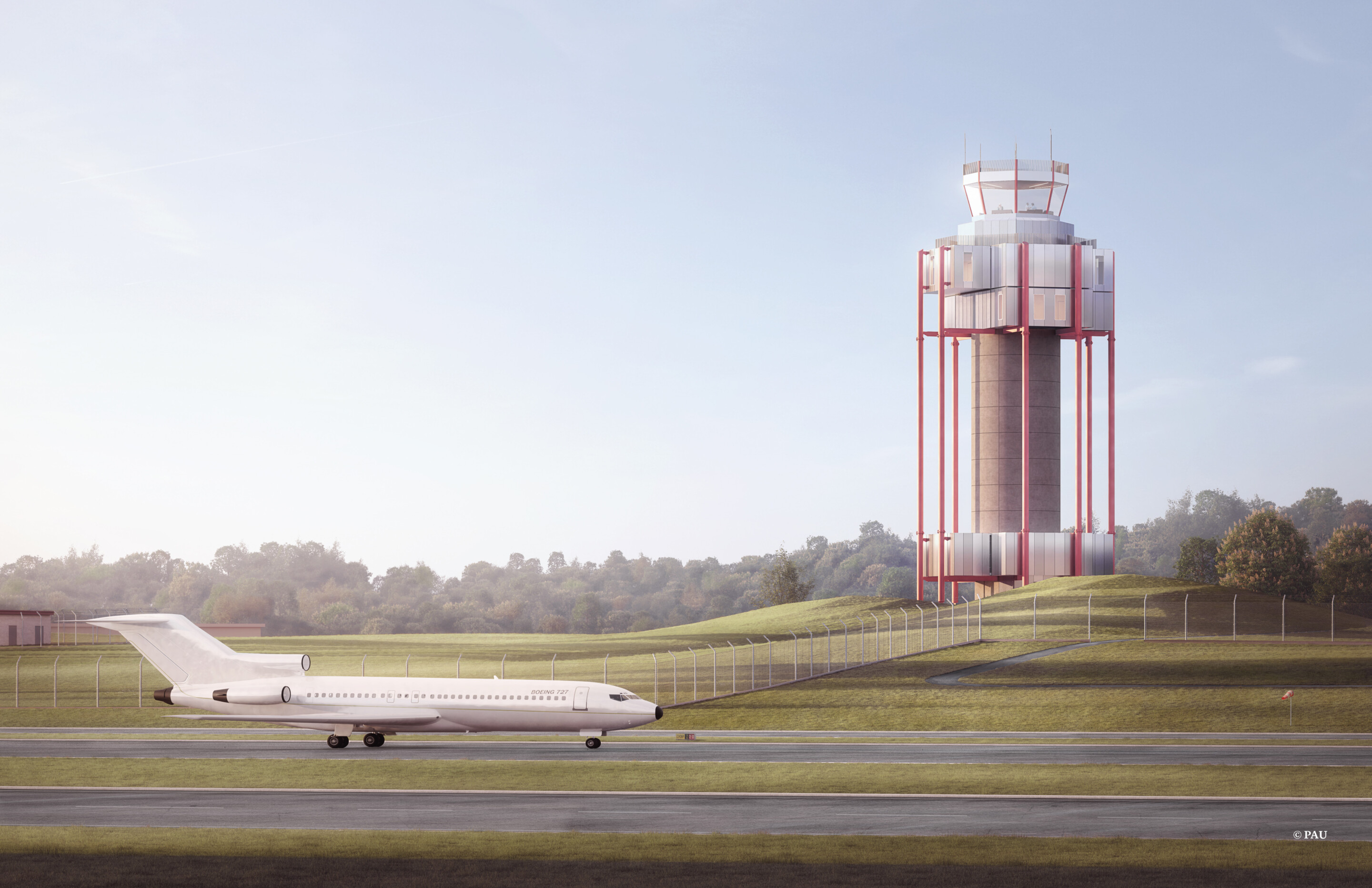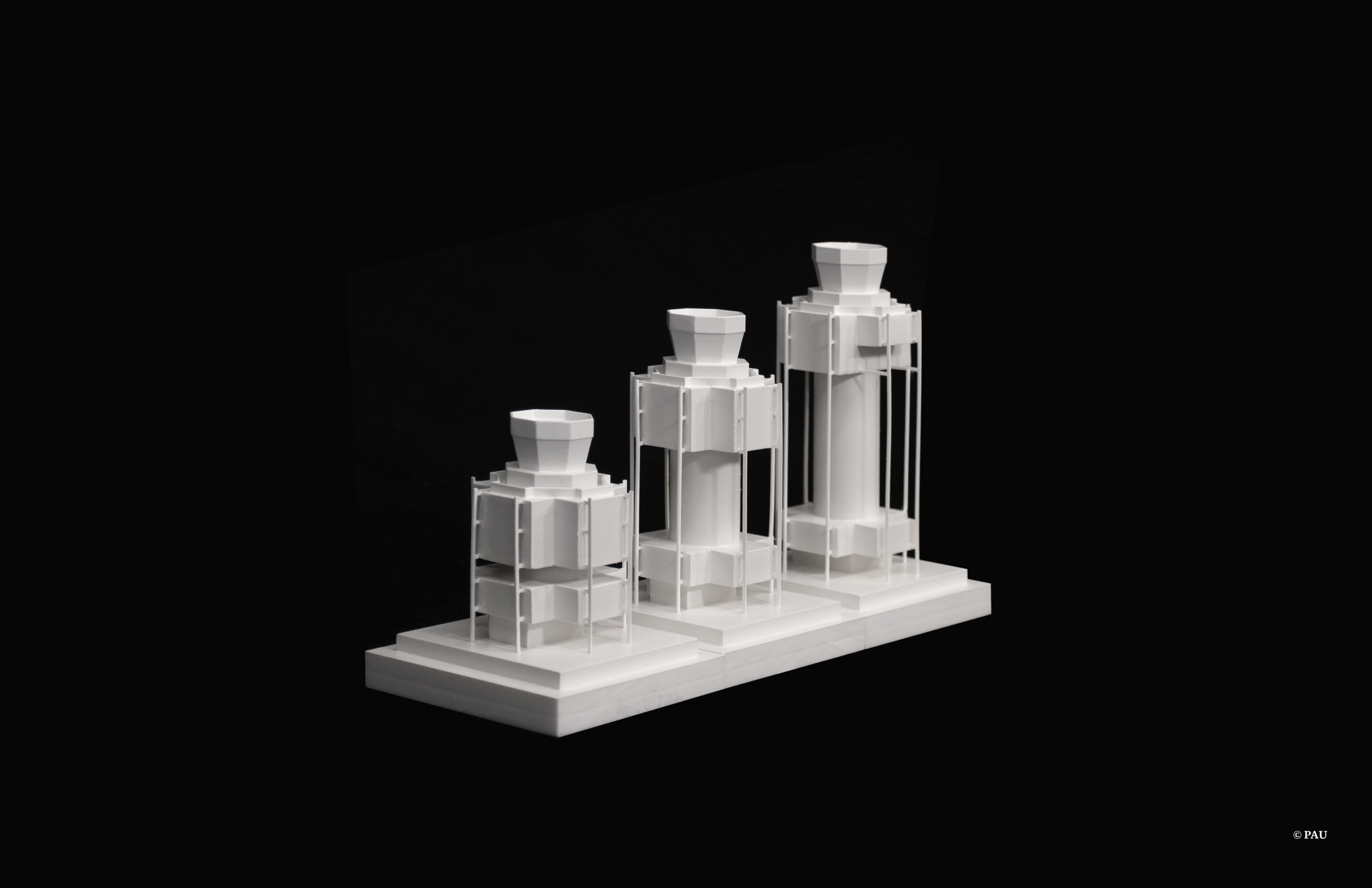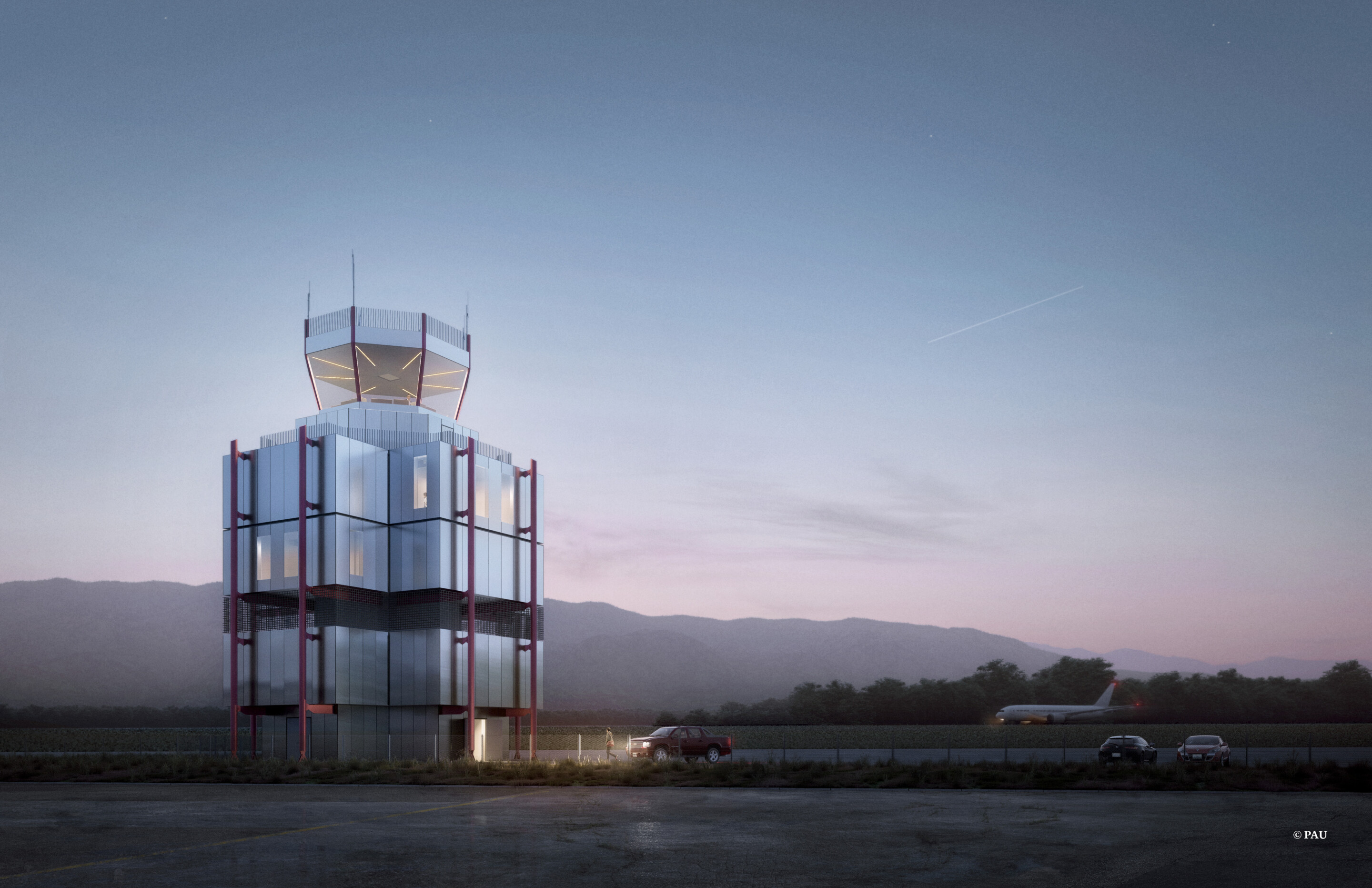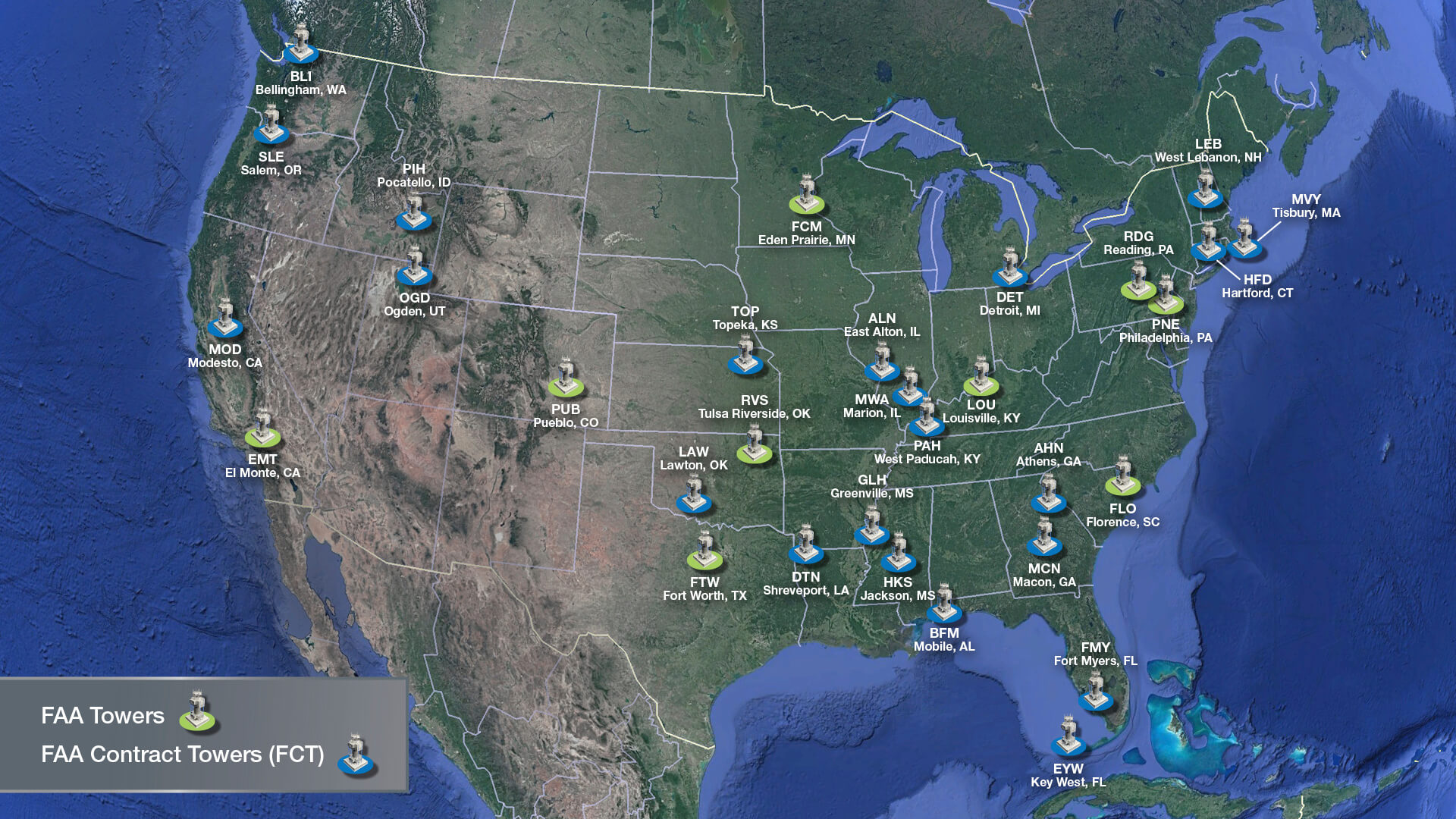Over 100 regional and municipal airports may see upgrades to their air traffic control towers as the Federal Aviation Administration (FAA) renews its interest in civic architecture. The project to design the towers has been awarded to New York–based Practice for Architecture and Urbanism (PAU). It will initially be supported by $500 million in funding from the Bipartisan Infrastructure Law “to support site evaluation, preparation, and early construction activities,” the FAA said in a press release. In addition to PAU, Thornton Tomasetti, HDR, JB&B, and Connico, are part of the design team.
PAU has framed the project as building on the legacy of I.M. Pei’s midcentury air traffic control tower designs. Pei won a 1962 commission to design 13 iterations of towers adaptable to a range of airports. These designs, which physically separated the towers from terminals themselves, were ultimately realized by the FAA in 17 towers.

Ranging from 60 to 120 feet in height, with the exception of a 150-foot prototype at O’Hare International Airport, was a slender concrete tower with non-reflective glazing on the prefabricated cab topping the tower. Pei’s other prominent work of airport architecture, the Sundrome at John F. Kennedy International Airport, was demolished in 2011.
In contrast to Pei’s design, PAU’s towers will be “ standardized yet highly flexible, allowing for customizable colors and materials to meet the needs and reflect the local identities of their respective sites,” the firm said in a press release. Rising between 63 and 119 feet, the towers will be constructed from combinations of precast concrete and cross-laminated timber dependant upon climate and seismic conditions.

The interior spaces in which air traffic controllers will work integrate daylighting and fresh air ventilation, aiming to improve worker comfort. On the exterior, finishes will be specified with long-term maintenance feasibility in mind.
Vishaan Chakrabarti, founding principal and creative director of PAU, said that the firm “finds great creative possibility within tight constraints… we are thrilled to accept this challenge to create beautiful, functional architecture that serves the needs of air traffic controllers across the country.”
At airports where conditions permit, the towers will utilize geothermal heating and cooling in order to prioritize renewable sources of energy. Overall, the designs incorporate numerous sustainability initiatives to remain in compliance with the Department of Transportation’s goal of net-zero greenhouse gas emissions in the aviation industry by 2050.

To this end, steel and metal products used will contain a high percentage of recylced content, facades will be designed to mitigate thermal bridging, and all building systems will be electric. PAU’s modular construction prototype has been designed to be fabrication mostly in-shop rather than on-site, with a focus on mitigating each tower’s carbon footprint in the construction process.
The FAA added that the chosen design meets the agency’s preferences of reducing construction and operational costs through standardized design while meeting operational requirements at both particularly high and low temperatures, wet and dry environments, and under high wind conditions. Over 200 regional and municipal control towers are under the maintenance of the FAA, many of which are in need of replacement.

31 towers currently beyond their intended lifespan have been identified as initial candidates for PAU’s design. The two largest by passenger traffic on the list are Detroit Metro Wayne County Airport, the 18th busiest in the country, and Key West International Airport, which routinely floods during hurricanes.
Secretary of Transportation Pete Buttigieg said: “ These new air traffic control towers will mean that smaller airports can handle more flights, more sustainably and more affordably… I look forward to seeing this design go from the drawing board to construction sites across the country.”











